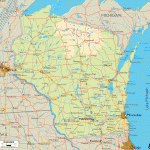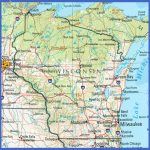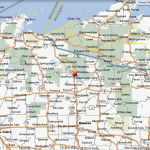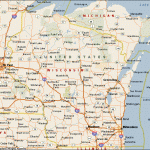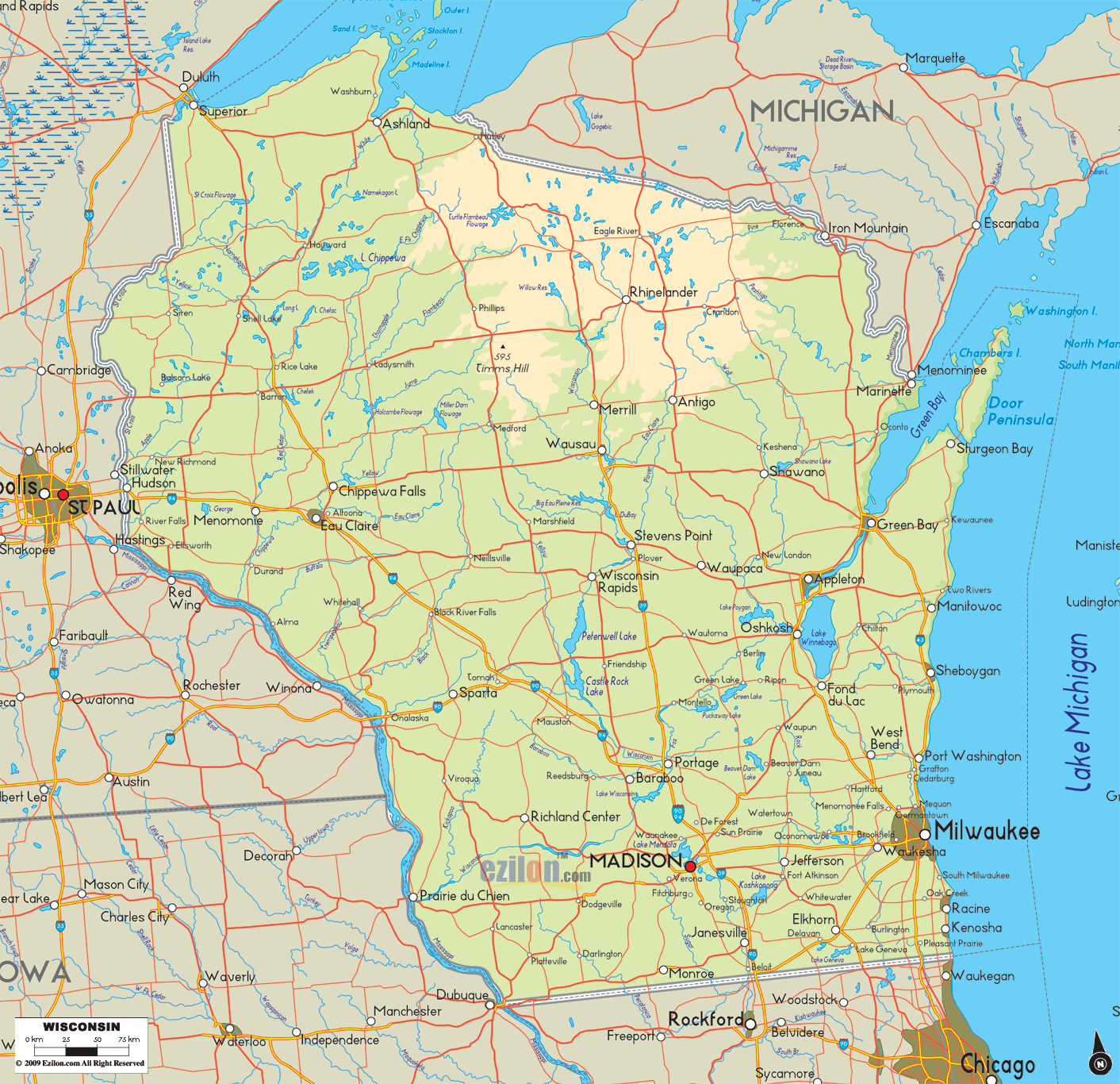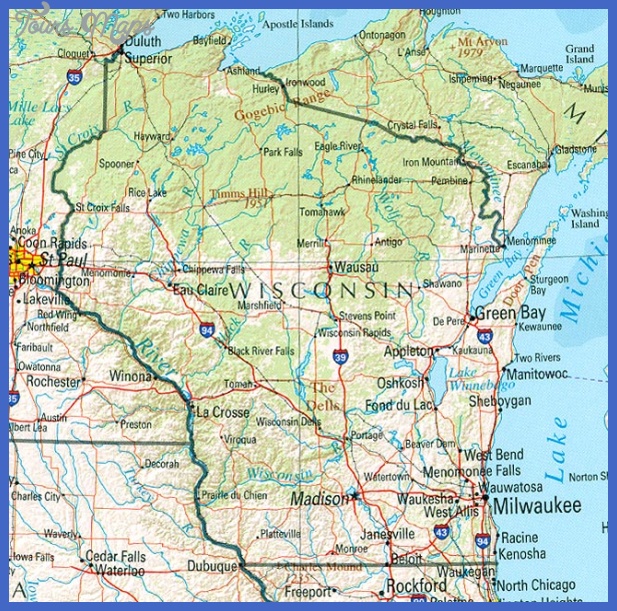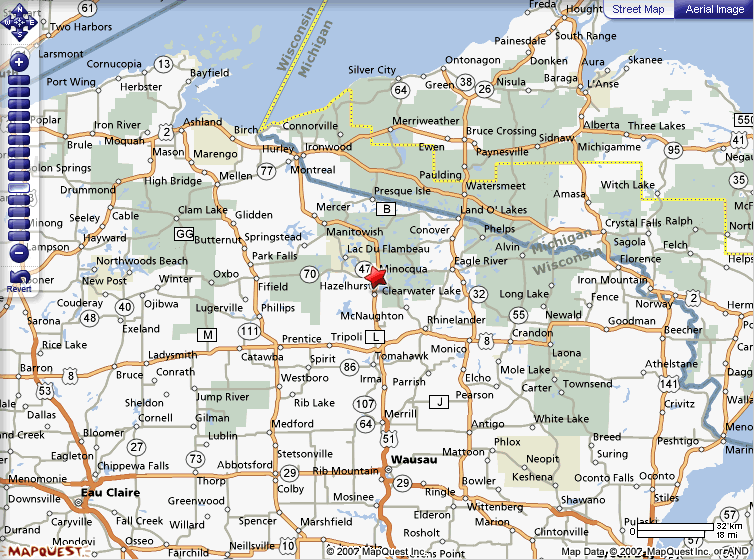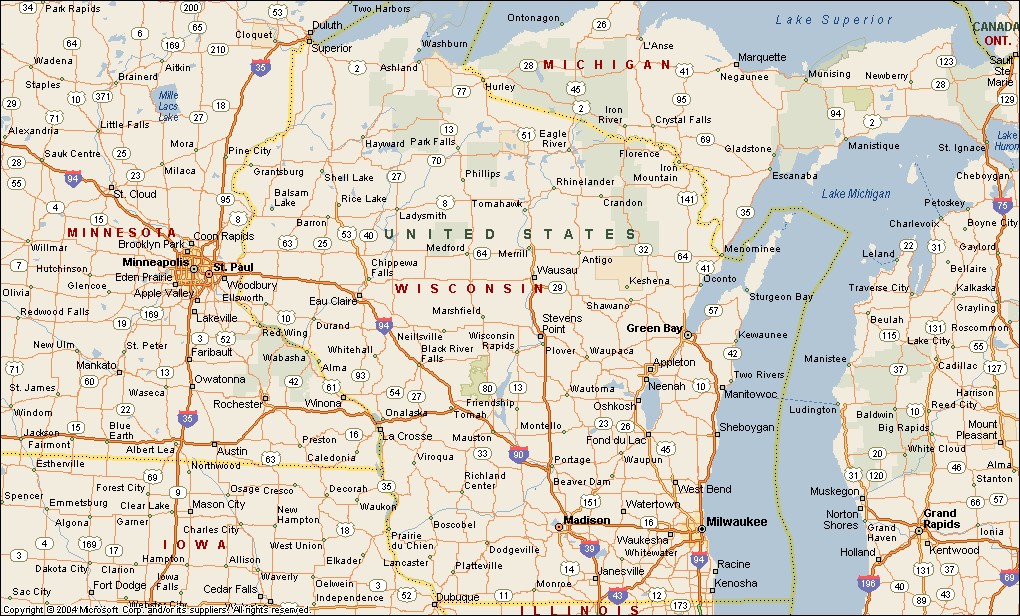Historical Route to Wisconsin
Historians believe the first Latinos to arrive by the thousands came shortly after the turn of the twentieth century. Many came from Mexico and headed north after the Mexican Revolution of 1910-1920. Others came from the Rio Grande valley of Texas. These laborers similar to the ones of today came to Wisconsin in search of work in agriculture and canning, and in Milwaukee’s tanneries, railroads, and factories. During the 1920s and 1930s, Wisconsin’s thriving sugar beet industry required harvesting por mano, or by hand, escalating the need for labor. Some Midwestern agriculture companies directly recruited Latino workers from
Latino agricultural workers, many who migrate from South Texas and Mexico, sharpen their machetes in preparation to sheer and shape Christmas trees during June 2005. Outside Wautoma. Photo by Joel Martinez. Courtesy of The Monitor, McAllen, TX.
south Texas; during the 1930s, about 3,000 Mexicans living in Texas migrated to Wisconsin. The state’s Latino population slowly grew, although census numbers do not always accurately reflect the population surges, as those numbers do not include seasonal workers.
The Great Depression of the 1930s forced many Mexican factory workers south, although job opportunities brought these workers back to Wisconsin several years later. The Federal Emergency Farm Labor Program, enacted by the United States government in 1943 to fill the labor void caused by World War II, brought thousands of foreign workers to Wisconsin. This included workers from Mexico, Jamaica, and Honduras, along with prisoners of war from Germany and Italy. Between 1943 and 1947, about 7,000 Mexicans arrived in Wisconsin. The second-largest Latino group, Puerto Ricans, also began arriving in Wisconsin during the mid- to late 1940s. They also came for economic reasons and settled mostly in the Milwaukee, Kenosha, and Racine counties. When the farm labor program ended in 1947, Wisconsin farmers utilized the Bracero program, a binational agreement between the United States and Mexico that permitted Mexican workers at U.S. companies to fill agricultural jobs. The program lasted between 1951 and 1964.
In postwar years, Wisconsin companies shifted from using primarily Mexican foreign workers to employing those from the southwestern United States, partic-
ularly Texas. Also during this era, the existing Latino population began relocating from rural outskirts to the urban areas of Milwaukee, Racine, and Waukesha.
Wisconsin Map Photo Gallery
Maybe You Like Them Too
- Explore Pulau Sebang Malaysia with this Detailed Map
- Explore Southgate, Michigan with this detailed map
- Explore Les Accates, France with this Detailed Map
- Explore Góra Kalwaria, Poland with this detailed map
- Explore Gumdag, Turkmenistan with this detailed map

